6 Reasons to Sing & Sign with Young Children
February 2, 2023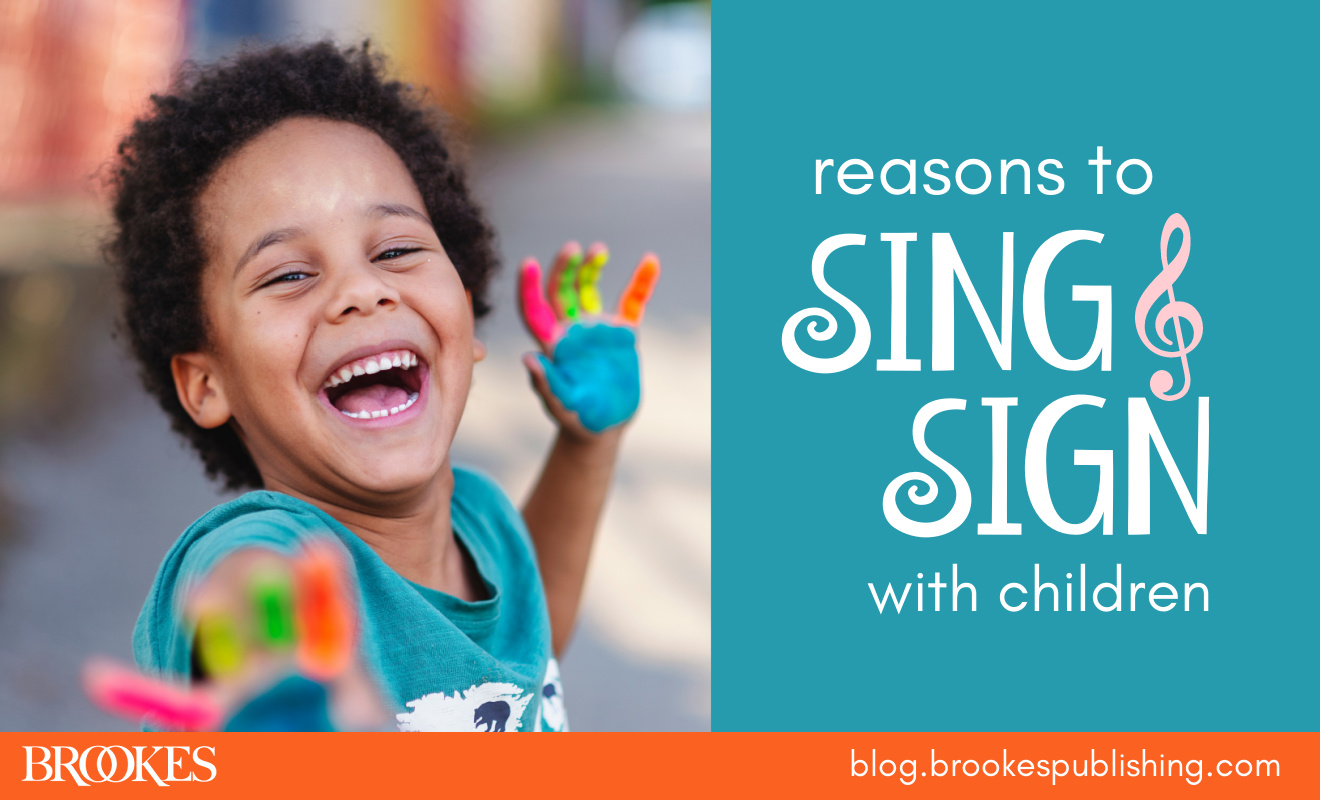
Studies have shown that teaching sign language to all young children has a wide range of social and early academic benefits. In her book Sing & Sign for Young Children, music therapist and early childhood specialist Dr. Anne Meeker Watson introduces a highly effective way to teach and practice ASL sign vocabulary—by pairing it with music and play during everyday classroom routines. Excerpted and adapted from Dr. Meeker Watson’s warm and lively book, today’s post outlines 6 important things that singing and signing with young children can do.

Enhance engagement
You are infinitely more interesting to young children when you add signs, gestures, motions, and facial expression to your spoken words. Singing and signing amplifies your potential to engage your young children in learning. I am not ashamed to say that I have worn battery-operated Christmas lights around my neck like sparkly jewelry to make myself more fascinating to watch as I read books aloud to groups of young children. Singing and signing songs as you dazzle your young audience with your most animated facial expression is the equivalent of a thousand kilowatts of Christmas light finery.

Increase inclusion
Some children require alternative ways to join the learning community of your classroom or center. Singing and signing supports nonverbal participation for all children and allows all children to participate, irrespective of ability or disability. Signing makes it possible for children to “sing” the song with their hands. The circle time songs I plan always include one of three ways for children to participate that do not require that they sing: 1) dancing, gestures, or signs; 2) manipulatives such as scarves or kitchen band instruments; or 3) personal visuals that allow children to point to pictures on a page that correspond with our song repertoire.

Rev up vocabulary learning
The visual nature of sign helps children retrieve and recall word meanings as they interpret the “pictures” they form with their small hands. Abstract concepts can be difficult for preschoolers to understand and verbalize. Signing is a great strategy to teach words such as HURT or HAPPY in a concrete way. This gives real meaning to the words preschoolers hear and say.
Supercharge shared reading
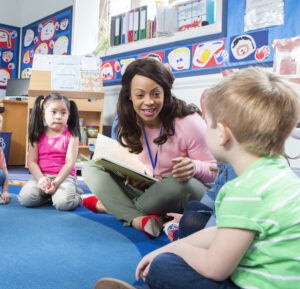
Incorporating singing and signing as you read books aloud builds children’s emerging language and literacy skills and enhances vocabulary. Books and songs strengthen phonological awareness, a foundational skill for literacy and language development. And adding key signed words to your read-aloud book time will help children who benefit from actively “doing a book,” as opposed to simply listening and looking as the book is read to them. Choose books that include rhythm, rhyme, and repetition—just as songs offer predictability, books with phrases that repeat help children actively participate in the book-reading experience. Try singing all or a portion of a picture book with children; you can either borrow a melody or make up one of your own.
Support different ways of learning
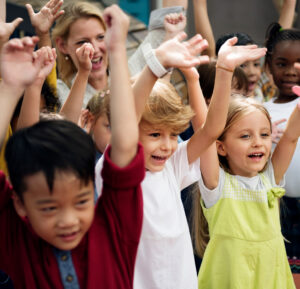
Each child you serve has their own preferred ways to learn: they might learn best when they look, listen, or move. Singing and signing provides opportunities for young children to learn visually, verbally, and kinesthetically all at the same time. “Kinesthetic kids” love to feel the signs on their own fingers as they form the gestures. Providing activities and environments that incorporate different ways of learning helps young children stay focused, engaged, and interested in what you share.
Foster friendships and social connections

Singing and signing aid in the practice of self-regulation during social play. When children use their spoken and signed words, such as PLAY, SHARE, WANT, STOP, HELP, THANK-YOU, YOU’RE-WELCOME, PLEASE, and SORRY, they are practicing problem solving, flexibility, and empathy. They are also learning the fine art of negotiation within their relationships with peers. And friends who sing and sign together at school enjoy a special kind of connection that only music makes possible!
Embedding singing and signing in your daily activities with young children is fun for everyone—and the benefits are limitless. As Dr. Meeker Watson says, “When you share sign instruction by utilizing the engaging tools of music, books, and play and ‘deliver the goods’ within the nurturing and responsive relationship you provide to each child, you are providing a benefit that is greater than the sum of each part.” For a complete guide to singing and signing with young children, add the book behind today’s post to your library!
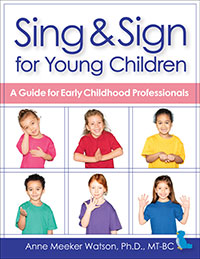 Sing & Sign for Young Children
Sing & Sign for Young Children
A Guide for Early Childhood Professionals
By Anne Meeker Watson, Ph.D.
Packed with engaging sign language activities and original, kid-friendly songs, this innovative program shows you how to transform your daily activities into joyful learning opportunities infused with music, play, and warm adult–child connections.

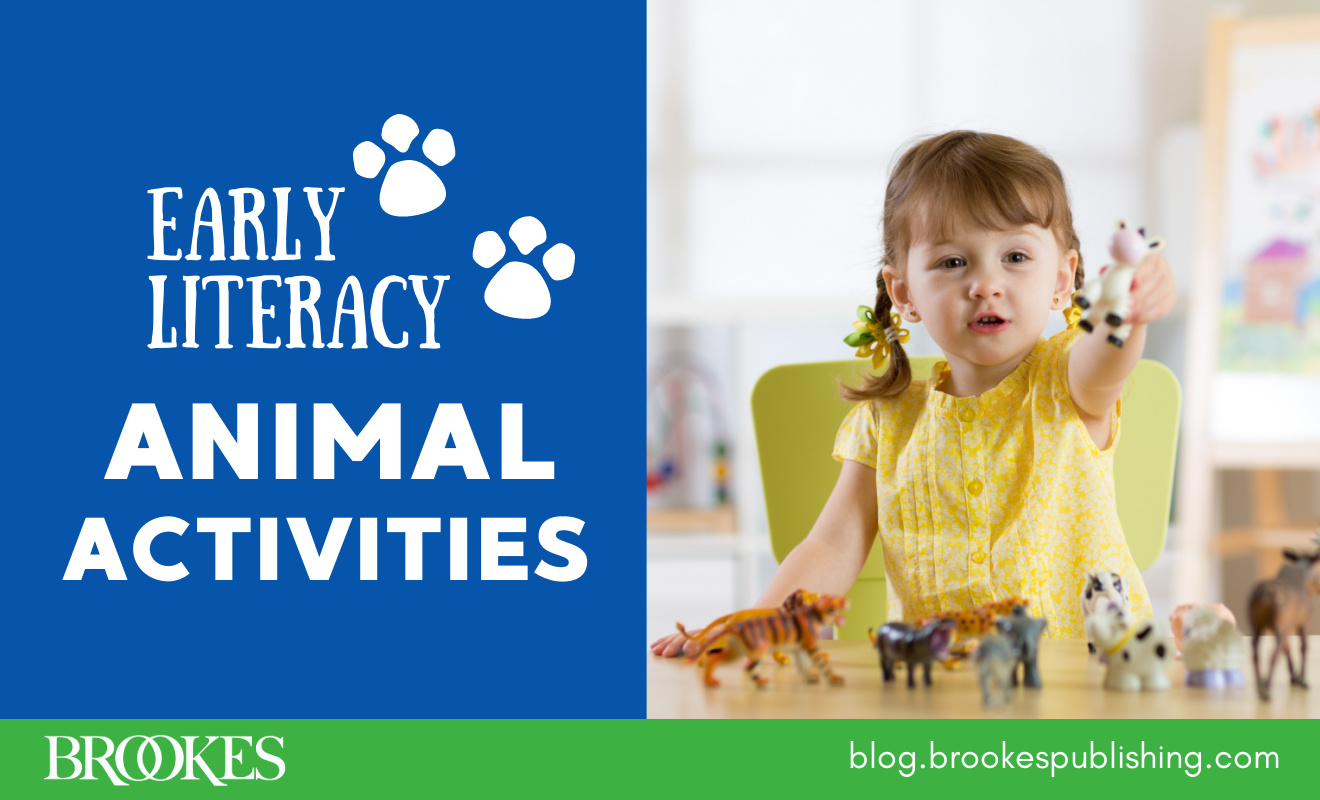

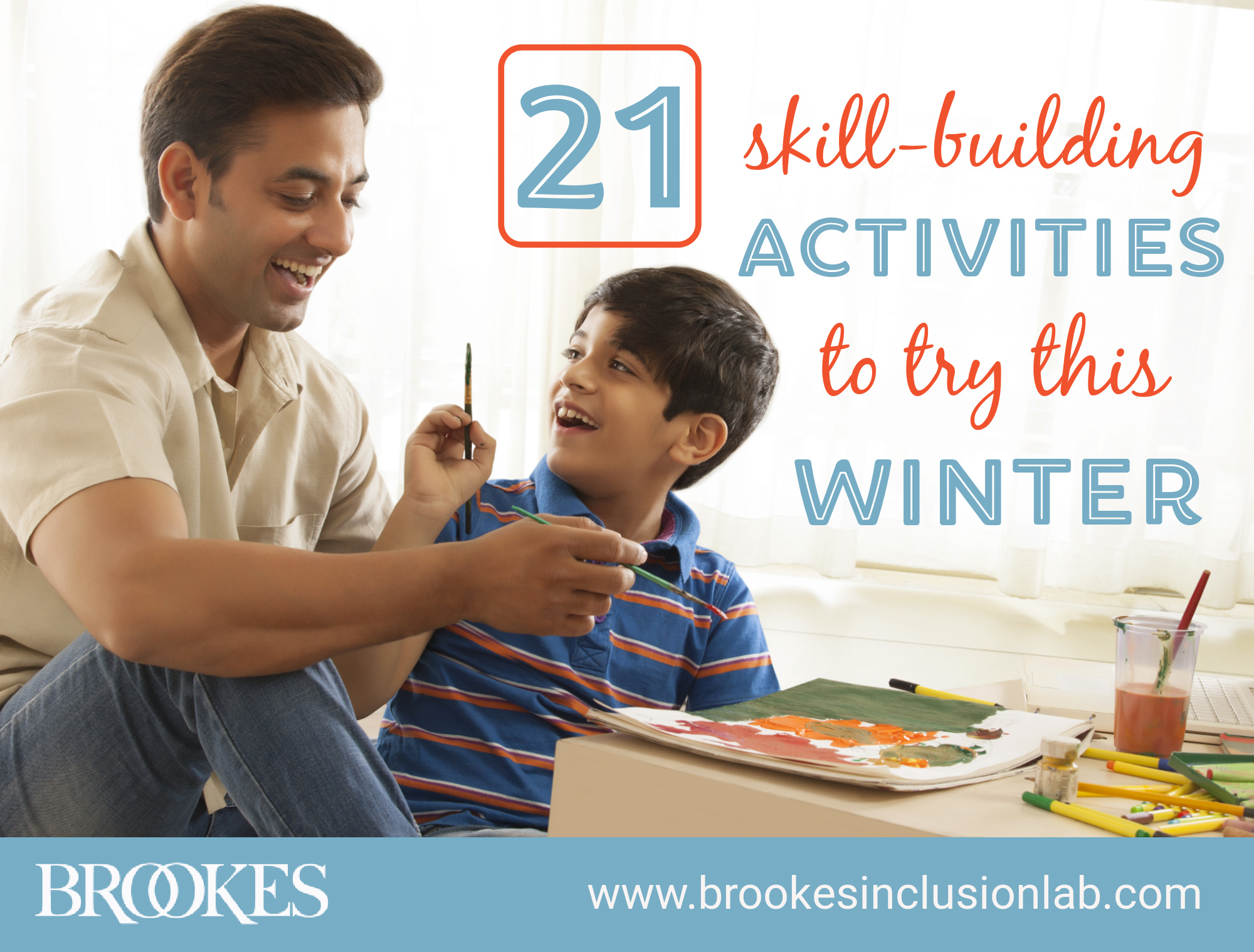
Write a Comment
Your email address will not be published. Required fields are marked *
Post a Comment